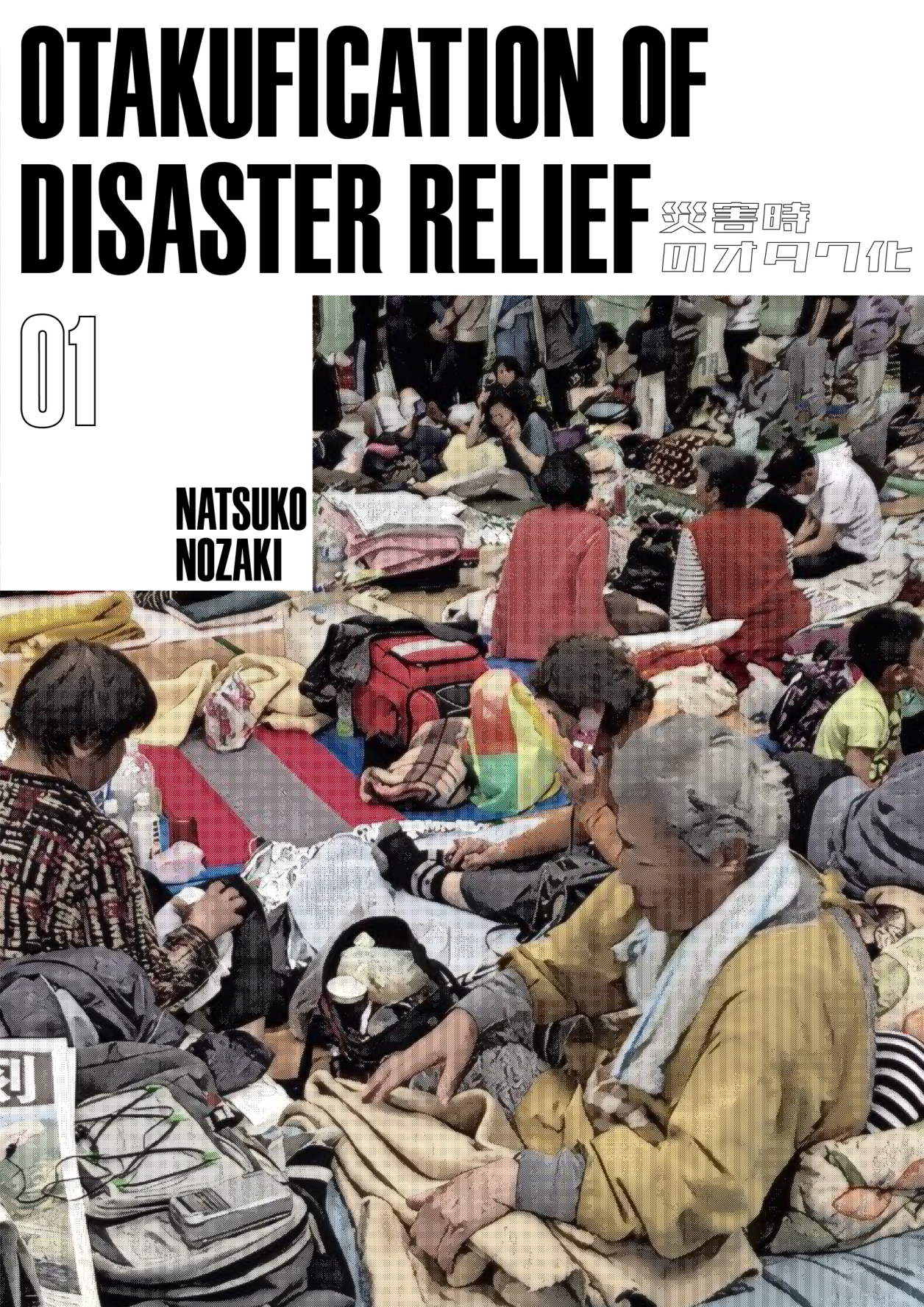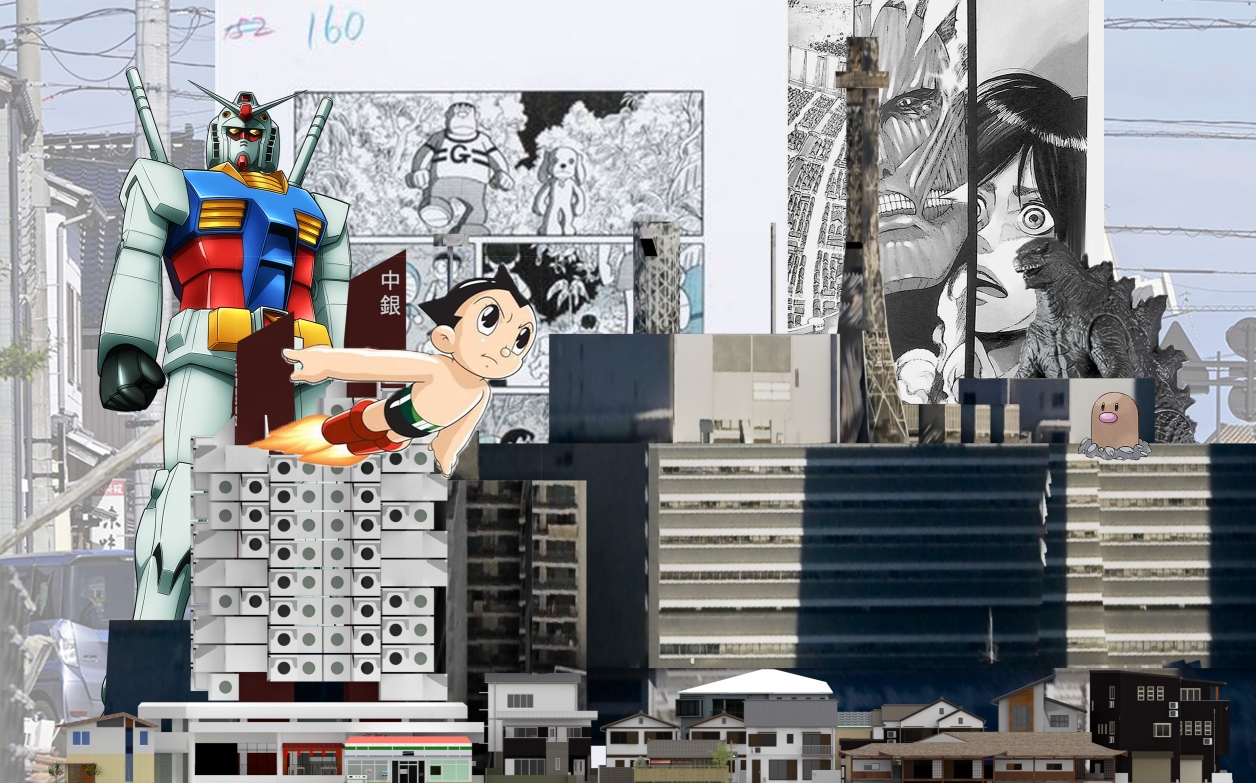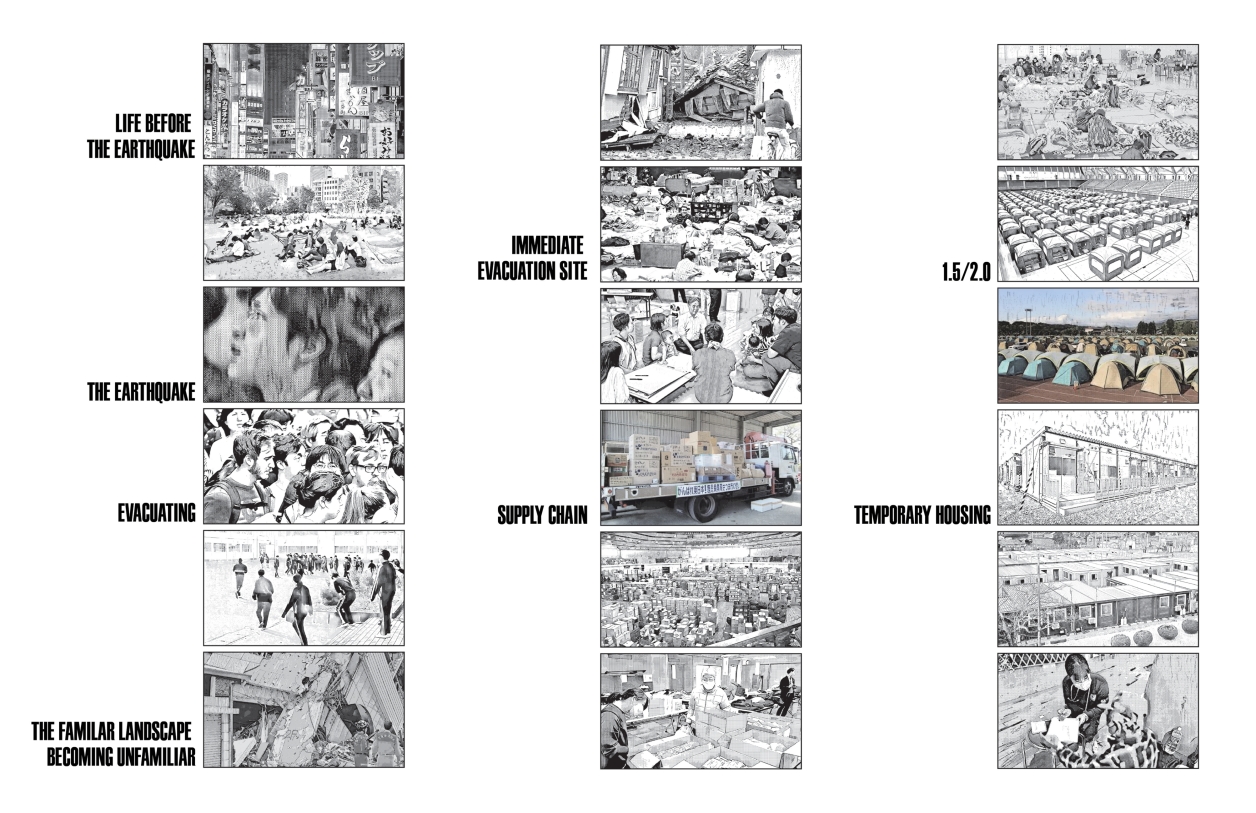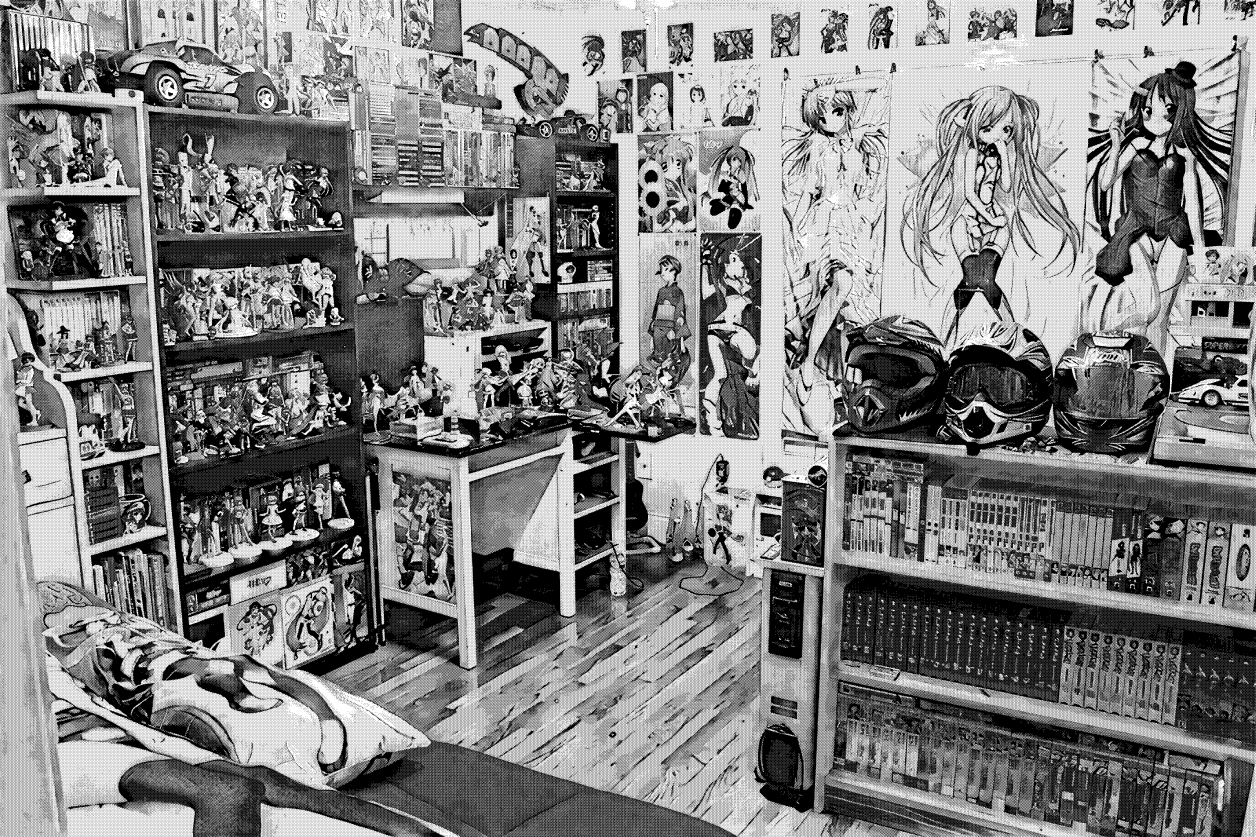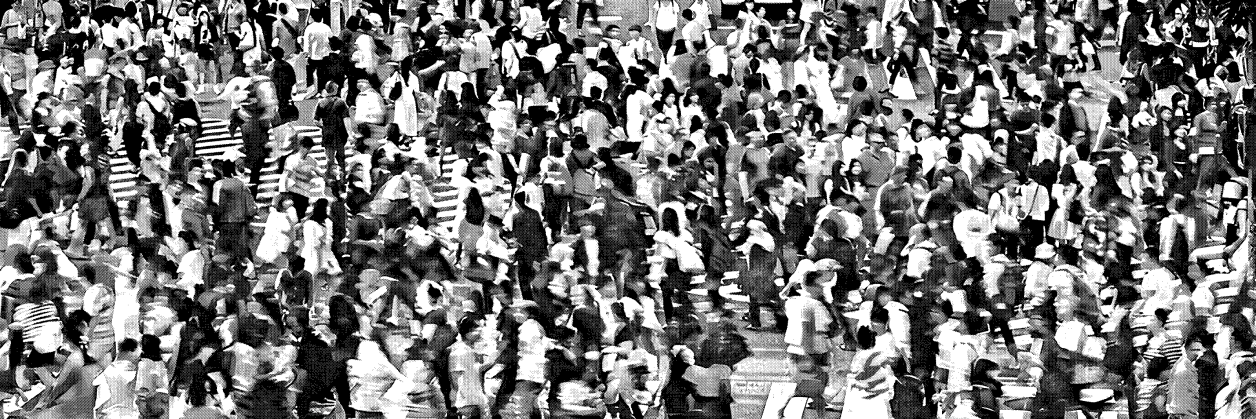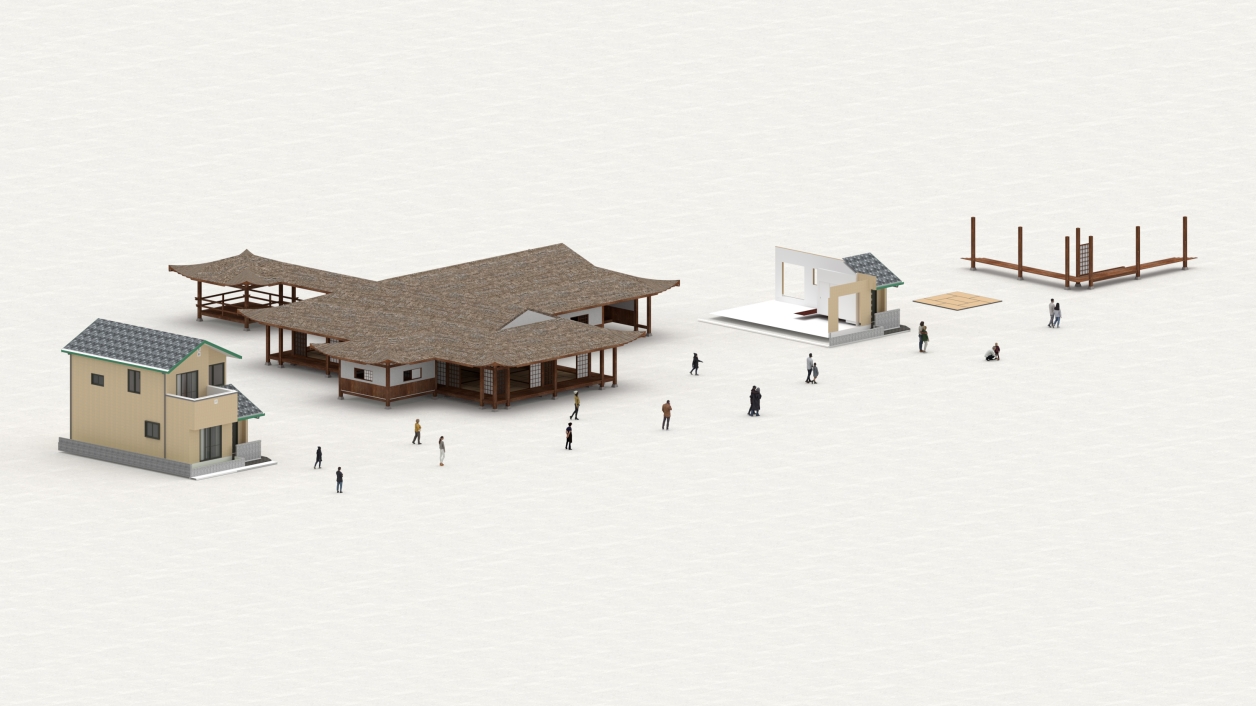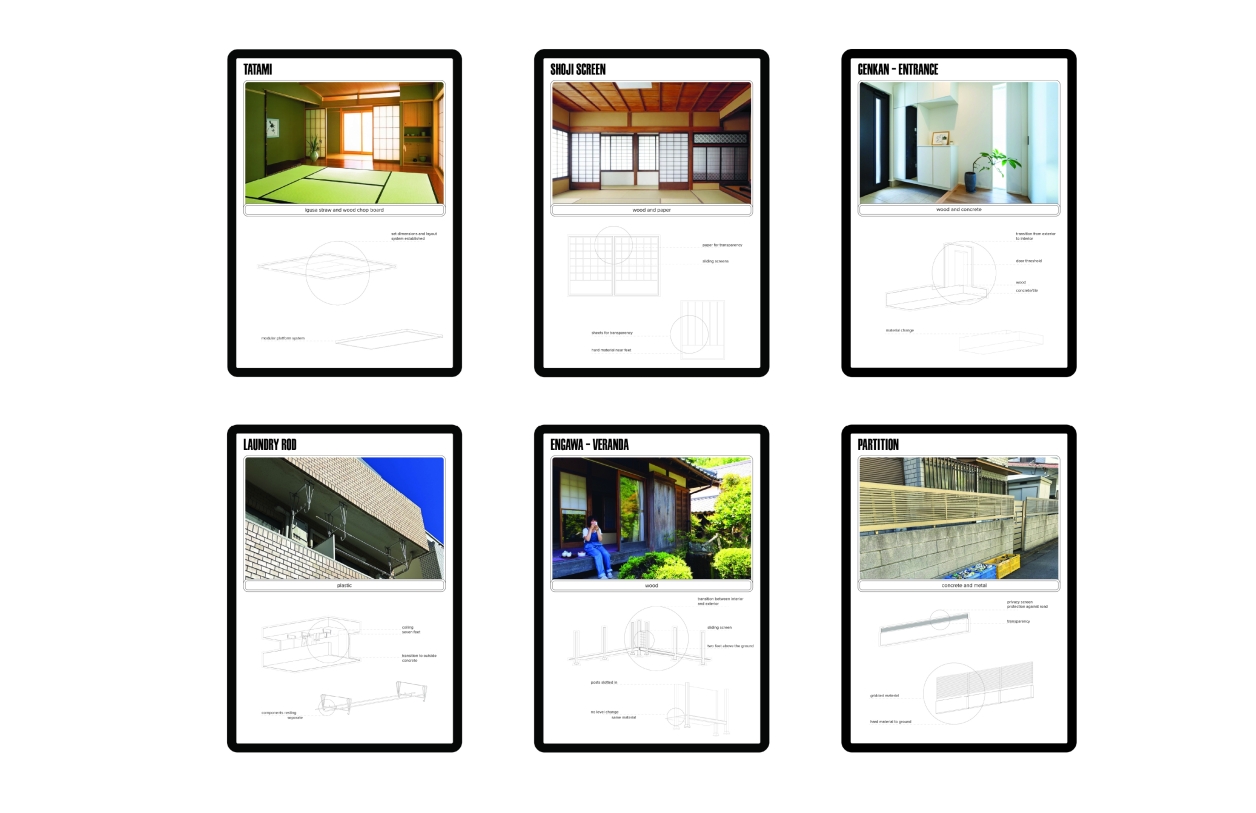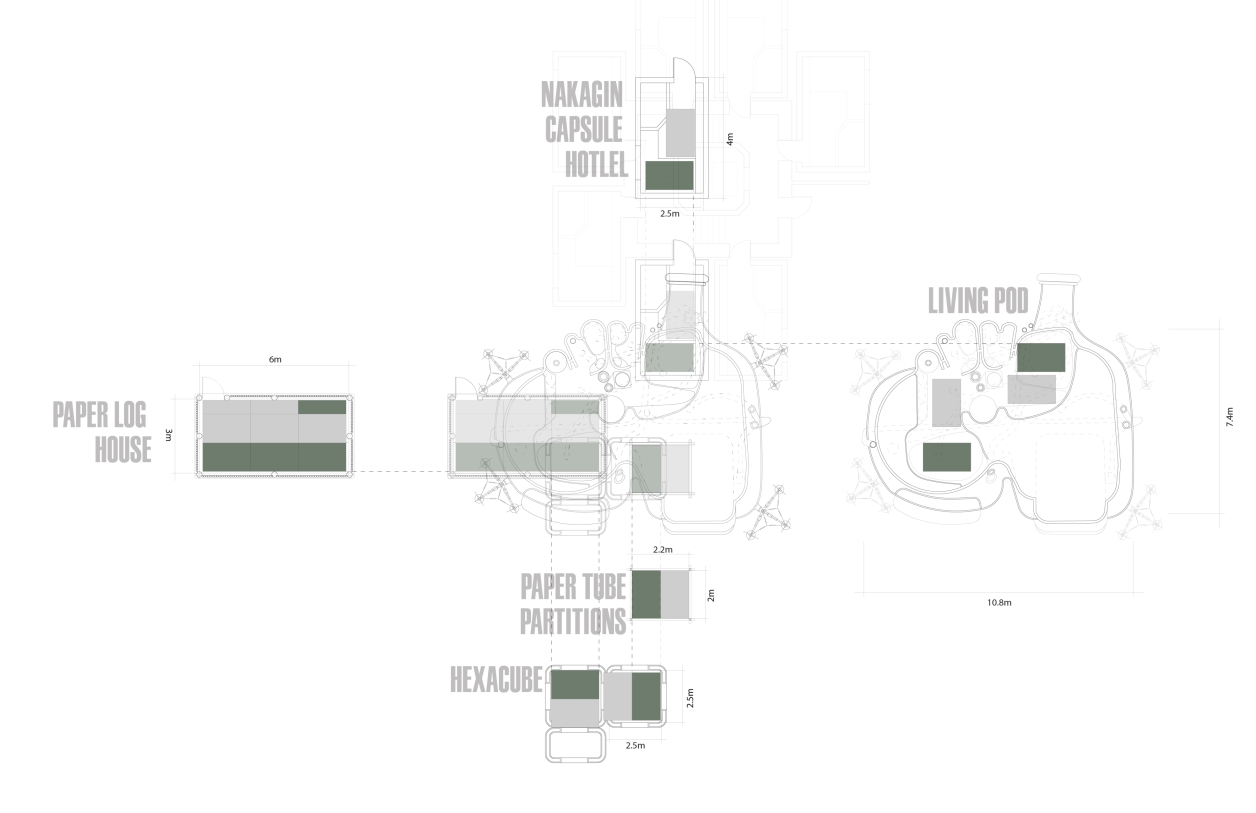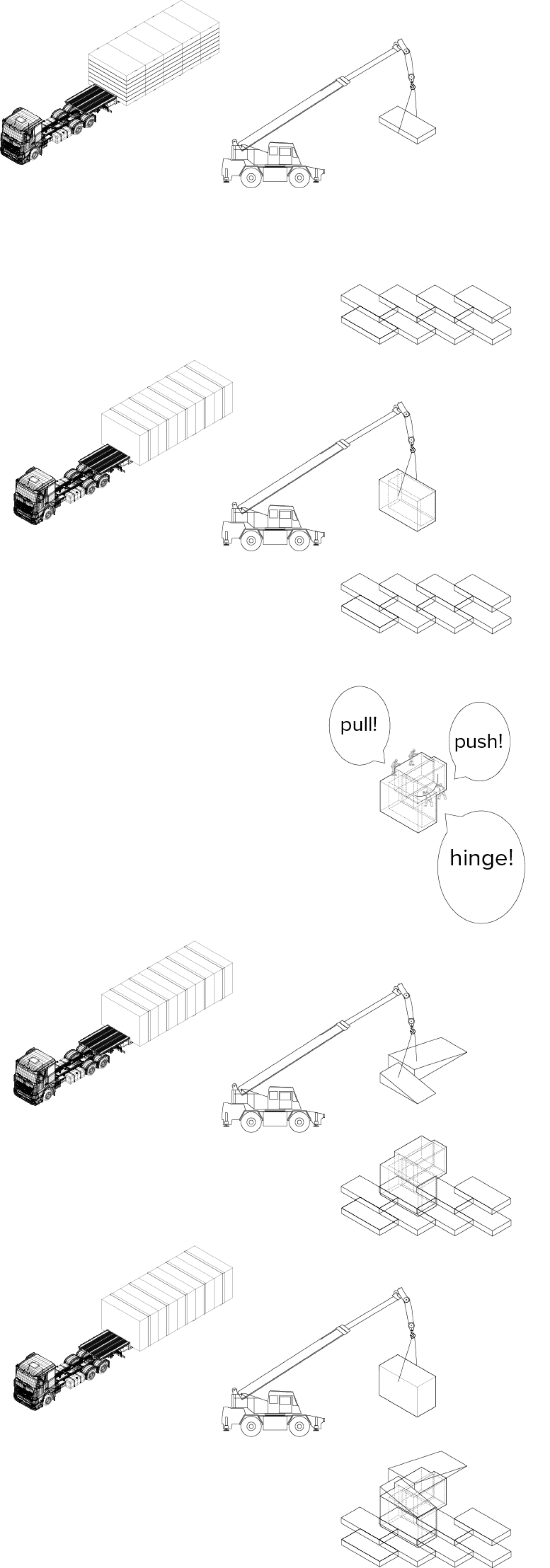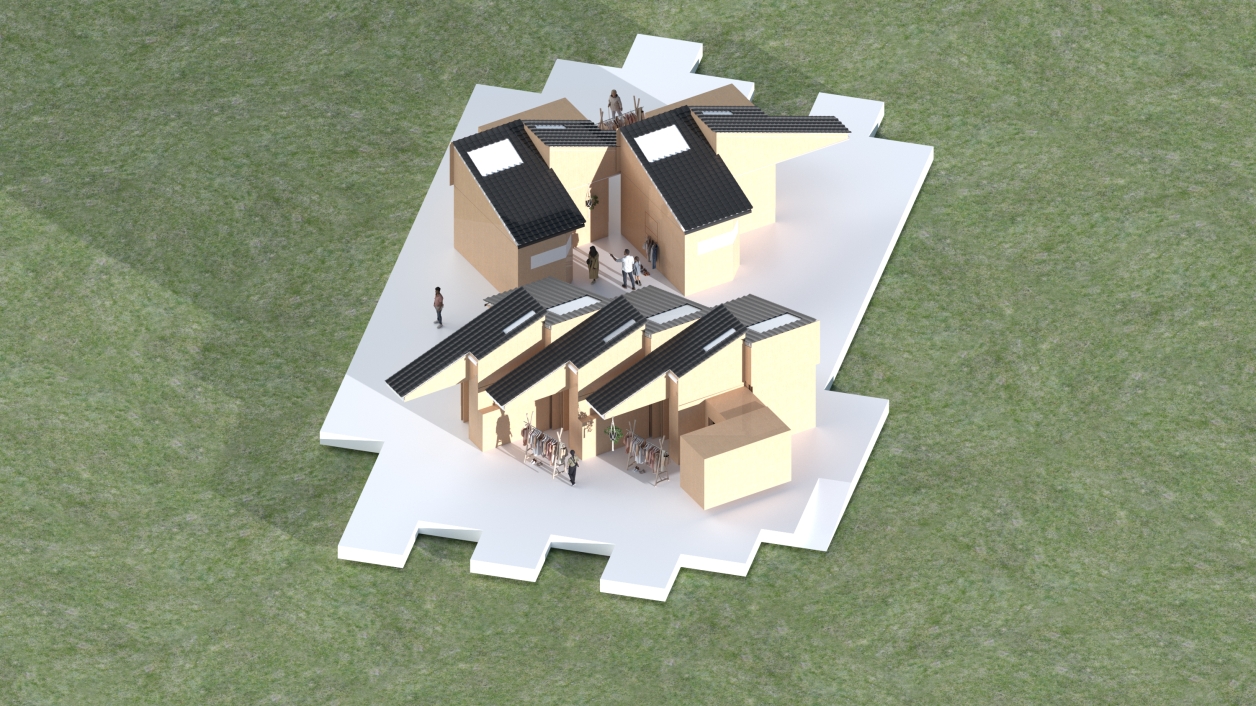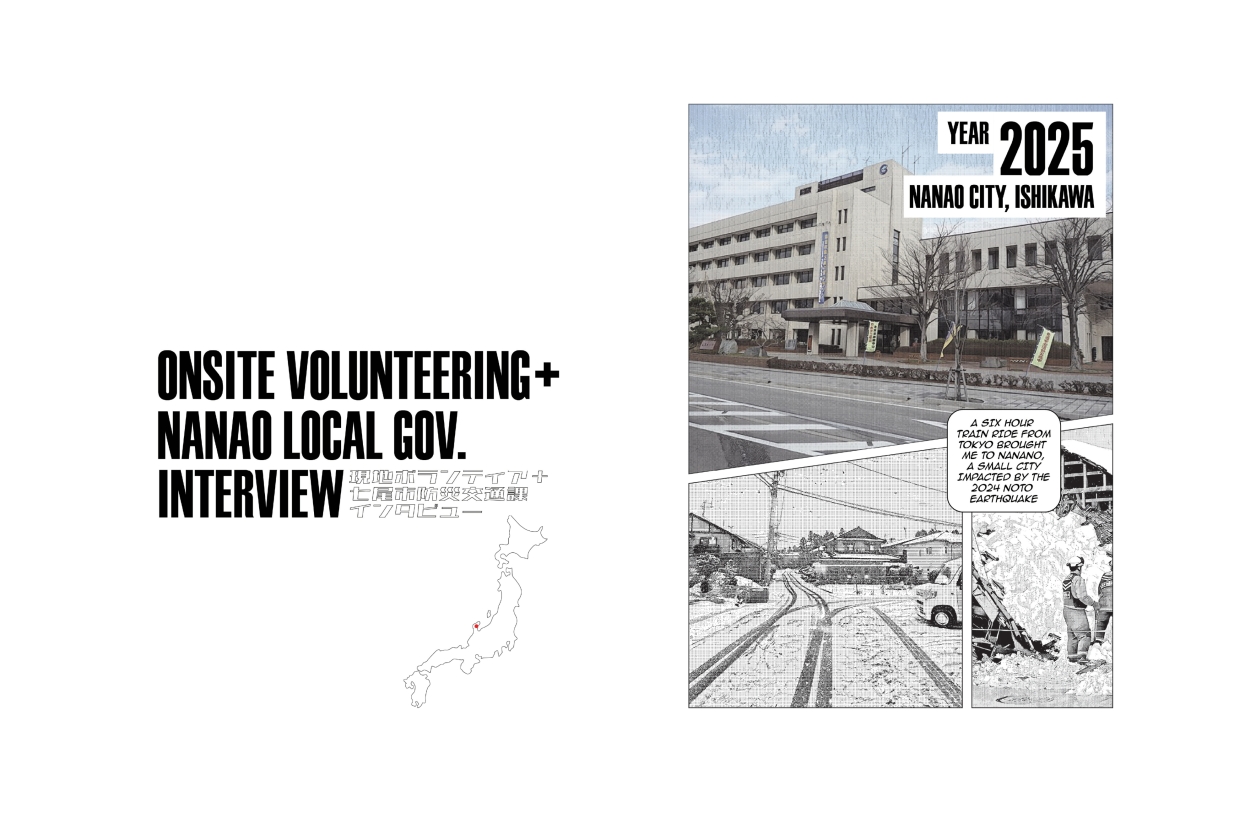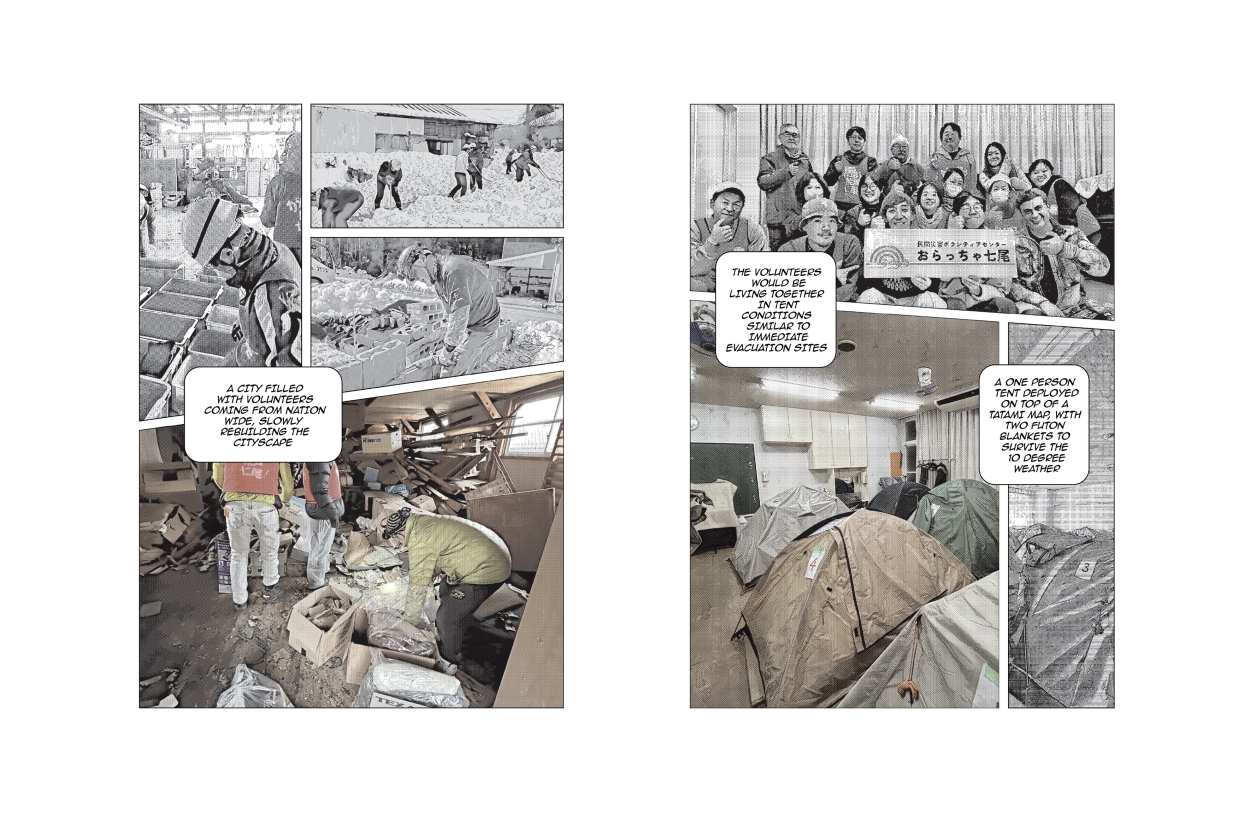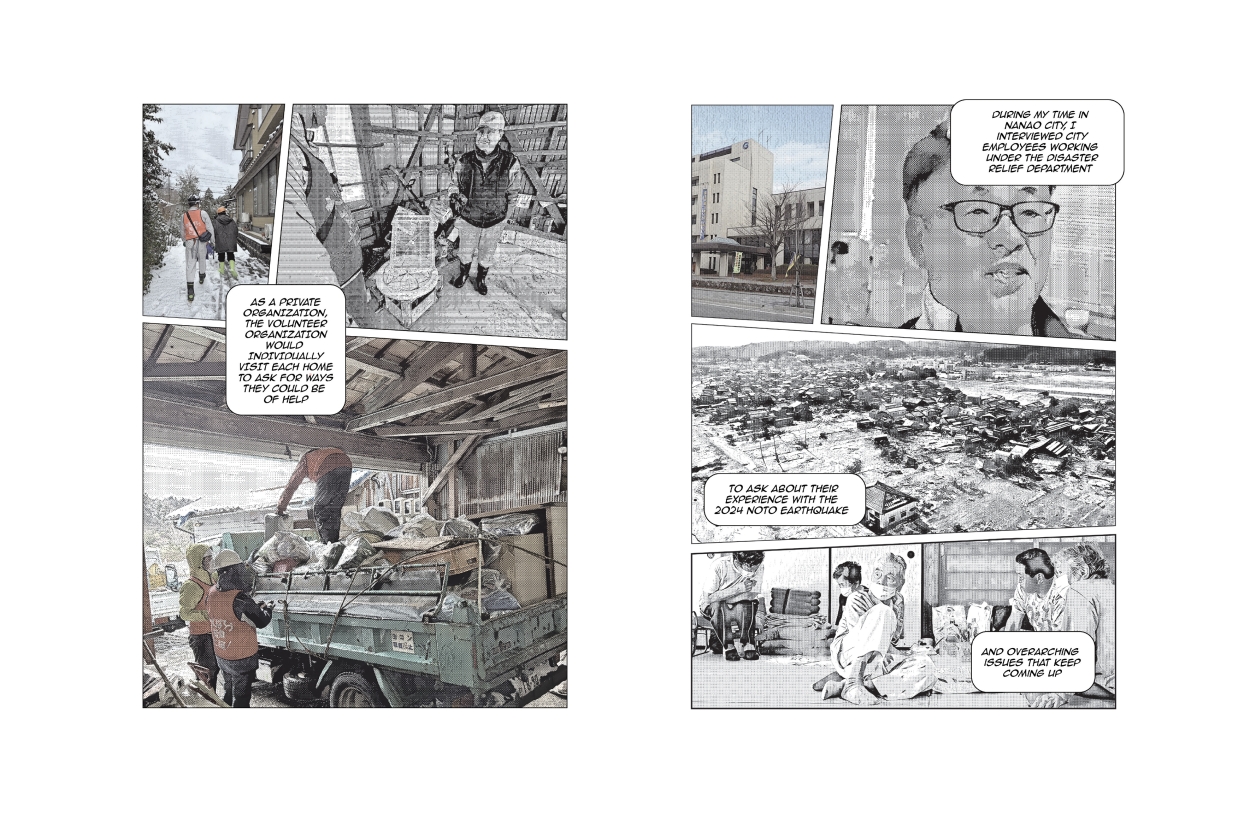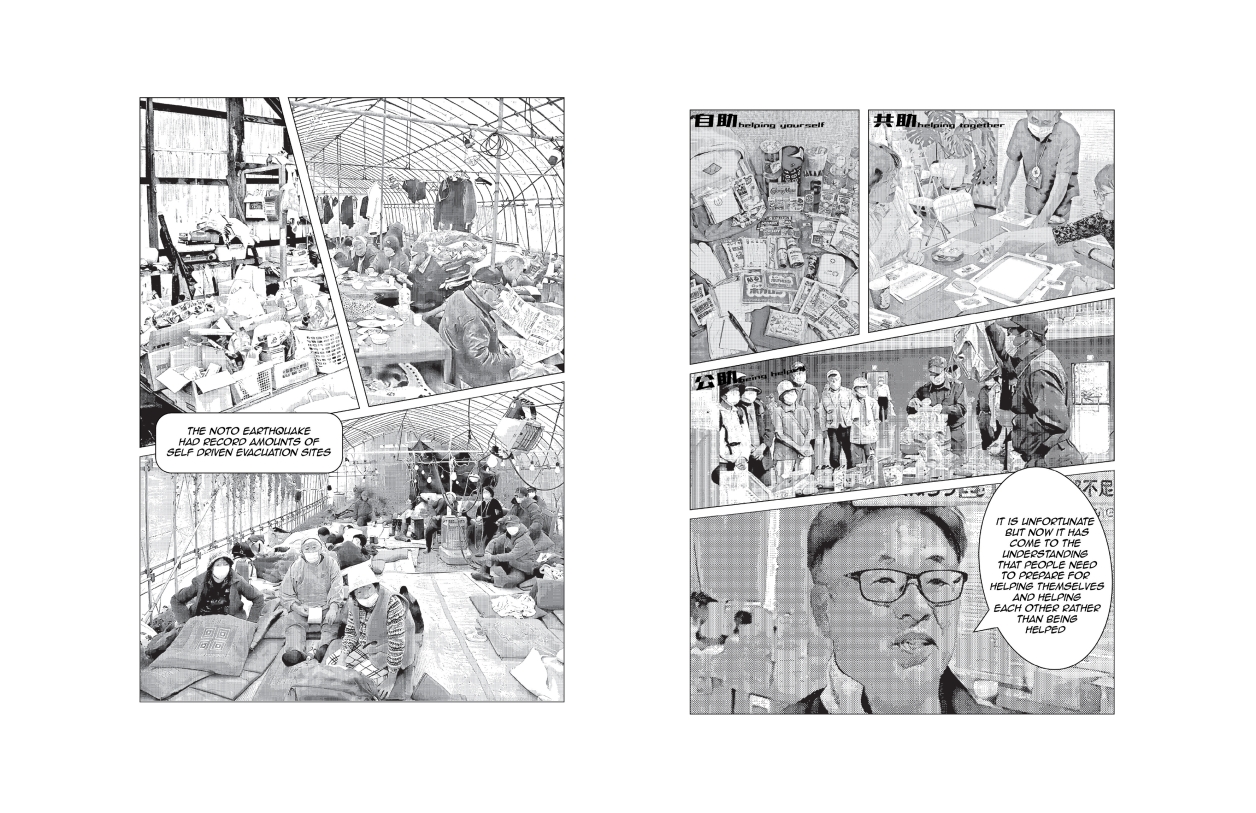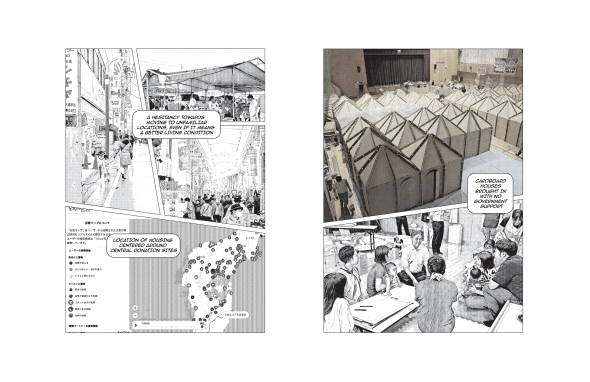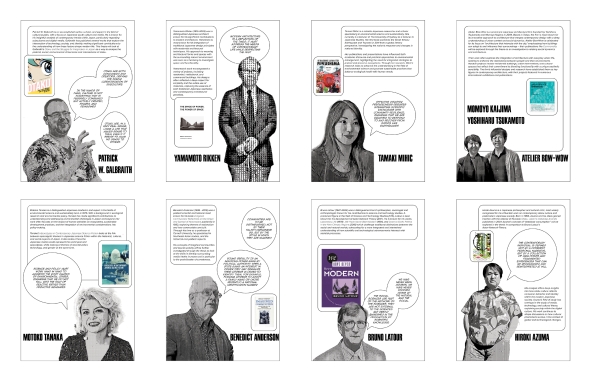Thesis: Natsuko Nozaki
Otakufication of Disaster Relief
Disasters create acute versions of the existing culture, placing greater emphasis on the established cultural norms, while the disaster itself introduces new factors of stress. Post-disaster evacuation sites are seen to further emphasize these norms, at times the pressure to act in a prescribed way being a stressor itself. These are a form of a top-down force that are subconsciously informing how people must act, allowing for no space for people to deviate away from this. In evacuation site these include the rigid grid system used in the evacuation shelters that prescribe circulation designed based on statistics and idealized urban city conditions - both only looking at quantitative factors. Making these systems incompatible with rural sites that are often times more prone to disasters.
Within a top-down environment, we must look at the bottom up organization of otaku culture that allows for a separation to be created between the evacuees and the restrictions of the top-down system, allowing for better ways to cope with the stress of the disaster.
The semester ended with a design of an outdoor evacuation shelter that transformed from a 1.5 condition to an eventual temporary housing – a hinge unit that extends and makes additive facilities (bathroom) possible, for a maximum of two years. The greatest merit being it reduces the number of times evacuees need to move from different evacuation shelters.


